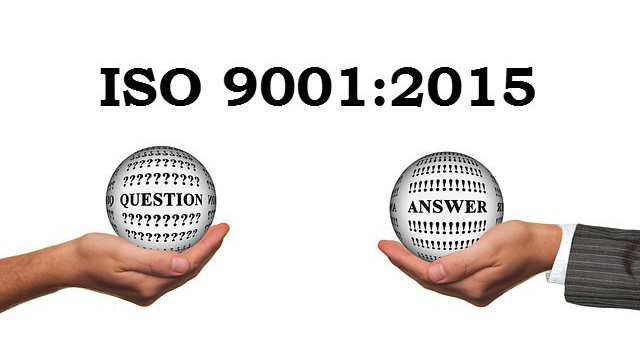A point of view – Steve Bentley MD of Sofema Aviation Services
So the first comment concerns the benefit of implementing ISO 9001:2015 and quite frankly if you are an EASA approved operator or a maintainer it is questionable whether it will bring commensurate improvements. To consider whilst there are some significant changes and additions to the 2015 ISO version specifically focused on the opportunity to allow organizations the ability to implement and integrate multiple management systems more easily and effectively, they may not help things to run more smoothly in an EASA environment!
There is a real danger of needless duplication and we must not lose sight of the fact that that demonstrating full compliance with EASA must not be compromised by any other system or process.
A major addition to the ISO 9001:2015 revision is the incorporation of risk based thinking within the management structure of the organization. This promotes the incorporation of risk awareness and identification throughout the organisational system as a whole.
Top management are now required to develop processes that allow foresight and planning for possible risk factors that may have a negative impact on process and performance as well as identify and take advantage of possible opportunity. Clearly this is moving into the territory of proactive SMS activities so again risking duplication.
ISO 9001-2015 removes the section addressing preventive action (Sub-clause 8.5.3 in ISO 9001:2008) which has been deemed redundant. However note that in no way has preventative action been removed from the EASA Quality Assurance “compliance” part – it remains a specific requirement.
ISO 9001-2015 also promotes greater emphasis on Leadership and Management Commitment – The new standard is intended to promote integration and alignment with business processes and strategies. With this integration, top management now have more responsibility in taking on a proactive role in the health and promotion of the quality management system.
By combining the quite separate activities of Compliance Auditing (predominantly reactive) together with the SMS organisational obligations (predominantly proactive) ISO 9001: 2015 creates many “holes” for an organisation who’s approval is dependent on demonstrating full compliance with EASA
9001: 2015 has removed the requirement for a single point of contact regarding the QMS replacing it with a new section on leadership to better emphasis a greater involvement from the leadership team. Compare with EASA where we have specific roles and responsibilities and a clear understanding of who is managing each business objective, whilst still ultimately identifying the responsibility of the nominated persons.
ISO no longer requires the documentation of its Quality Management System through the management of a Quality Manual and whilst organizations that wish to continue this practice and maintain a quality manual outlining its QMS are welcome to do so, however it is no longer required by the standard. Clearly this is not how we do things in aviation where a fundamental requirement focusses on the need for identified process and procedures to be document (including the Quality and Safety System) to ensure consistency.
By devolving and removing the oversight ISO are in danger of introducing a system where “everyone” and “no one” is in charge.
Sofema Aviation Services Currently offers more than 160 Regulatory and Vocational Training Courses
For details please email office@sassofia.com or visit the website https://sassofia.com/regulatory-training-courses/




